
Good for You, Great for Me
Finding the Trading Zone and Winning at Win-Win Negotiation
Recommendation
Even when negotiating a win-win deal, you can still win bigger than the other party. Negotiation expert and MIT professor Lawrence Susskind says that the point of win-win negotiation is not to divide value equally, but to increase value for everyone. If you generate new value for everyone – say, by devising creative financing options or offering an attractive partnering opportunity – you should claim the lion’s share for yourself. Susskind outlines strategies for increasing value in negotiations with clients, competitors, regulators or your own staff. Each section is clear and to the point, with practical ideas well illustrated with examples. But the book suffers a bit from confusing organization; Susskind tends to switch from topic to topic like an iPod in shuffle mode. If you can live without linearity, you’ll find a rich selection of tactics and strategies for your next parley. getAbstract recommends that negotiators at companies of any size or kind study this handbook with care and embrace Susskind’s lessons – before the other side does.
Summary
About the Author
MIT professor Lawrence Susskind founded the Consensus Building Institute mediation firm and co-founded the Program on Negotiation at Harvard Law School.








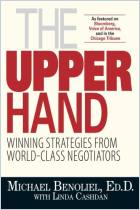
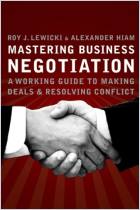

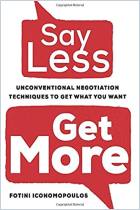
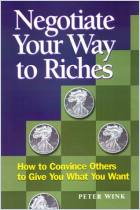
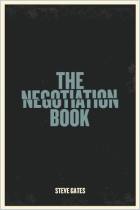


Comment on this summary or 开始讨论